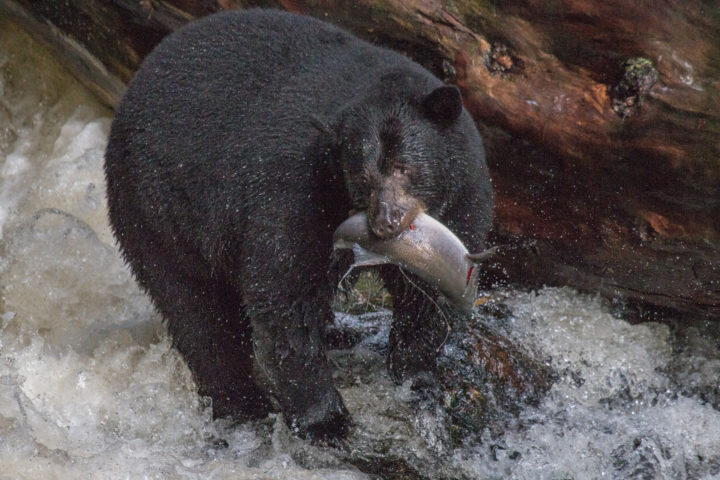This weekend, I dove headlong into lilac bushes and thought about my relationship with my body. And I want to talk about it; bodies, culture, shame, lilacs, and love. I've seen a lot of concerned "quarantine weight gain" posts, and with summer sun and time outside has come folx beating themselves up for gaining weight and lamenting the "loss" of their summer bodies. Let's unpack some of it with a sprinkle of science.
Some of you know that I'm an eating disorder survivor. You know about the years I spent willfully starving, cold, and tiny. You know I found my way back to a mostly-kind relationship with my body, to loving friends and pizza and spontaneity. Our relationships with our bodies are fraught with harmful narratives that make the work of loving our bodies a battle. Did you know that, genetically speaking, your body has a comfortable/homeostatic body fat "set point"? Did you know that 30% of people considered "obese" are at no greater risk of developing heart disease/diabetes/etc. than those with "healthy" BMIs? In fact, the Body Mass Index (BMI) scale was developed for European men (I mean, who is surprised?) and doesn't account for gender-based weight differences/muscle mass. What's more, there is little evidence that "extra" fat on your body correlates with poor health if you are regularly exercising and eating a balanced diet.
This is not to say that fitness goals aren't worthy. It is to say that society is wrong about your body, and that multi-billion dollar industries train us early to hate ourselves into spending money, when nothing is wrong with our beautiful dazzling selves. Forget anyone who upholds fit bodies as a product of pure discipline and not as (partially) a role of the genetic dice, or who says skinny bodies need curves. F*ck the message that the "extra" on your waist - those vanity pounds that represent margaritas with friends and your burgeoning joy - are ugly or unworthy. No one can look at a body or your body and know about its health or habits. Forget what you've been told, be gentle with your fine selves, know that you were worthy then and worthy now and will be worthy, no matter what forever. Take up space.
Covid19 calls us to reimagine our relationship with nature. We must begin by making peace with our bodies.
Of Coastal Carnivores and Conservation
It’s a misty, bracing morning on the banks of the Koeye River. Before long, the summer sun will rise to burn off the fog and reveal a world dazzling in shades of greens, blues, and sandy beige, and buzzing with biodiversity. But in these soft, quiet morning hours, a different shade of gold slinks along the brackish river. A grizzly bear (Ursus arctos) –a yearling– slumps along the shore, head low. He is patrolling for mussels and other oceanic protein along the beach. The crunch of his success, crushing calcium-rich shells, rings across the fog-steeped coastline.
A JUVENILE GRIZZLY BEAR (URSUS ARCTOS) RESTS BETWEEN MUSSEL-MUNCHING SESSIONS. PHOTO CREDIT: TYLER JESSEN.
Coastal carnivores of Canada’s Great Bear Rainforest (as it is now known) are captivating to say the least. Grizzly, black (Ursus americanus) and ghostly white spirit bears (a form of the black bear; Ursus americanus kermodei), stalk forests in search of abundant salmon streams and ripe summer berries; genetically-distinct, salmon-eating wolves (Canis lupus) swim across islands for better access to ungulate prey; cougars (Puma concolor) perch in trees alongside bald eagles (Haliaeetus leucocephalus), quietly awaiting unsuspecting marine or terrestrial targets.
A COASTAL GREY WOLF (CANIS LUPUS) PERCHES IN CAUTIOUS WATCH NEAR KLEMTU, BC. THESE WOLVES ARE OPPORTUNISTIC FORAGERS – CONSUMING MUSSELS, CRUNCHING BARNACLES, AND SEEKING SALMON CARCASSES AS THEY CRUISE BEACHES OF THE GREAT BEAR RAINFOREST. PHOTO CREDIT: PHILIP CHARLES.
While these predators are often revered for their majesty or falsely feared for their ferocity, their complex and vital ecological roles are less often at the forefront of conversation. The disappearance of predators has potentially catastrophic consequences and can lead to the unraveling of entire ecosystems in the Northern Hemisphere. Predators regulate co-evolved prey in numbers – and in behaviour through their mere presence. Via cascading effects, the presence of carnivores in ecosystems supports the biodiversity of plants. In the Great Bear Rainforest, predators also act as essential vectors of nutrients from the sea onto land. In what is a nearly poetic interconnectivity, bears, wolves, and other carnivores partially consume salmon, and spread nutrients in leftover carcasses, urine, and faeces to provide typically-limited marine-derived nitrogen and other nutrients to the “salmon-fed forests” of the Great Bear.
A KERMODE BEAR (URSUS AMERICANUS KERMODEI), OR SPIRIT BEAR, SEEKS SALMON DURING AN EARLY FALL RUN. THE SALMON THIS BEAR CONSUMES, OR PARTIALLY CONSUMES, WILL ACT AS FERTILIZER FOR RIPARIAN FORESTS. PHOTO CREDIT: LAUREN ECKERT, PHOTO TAKEN ON SOUTHERN PRINCESS ROYAL ISLAND, IN KITASOO/XAI’XAIS TERRITORY
But these iconic and important coastal carnivores face harm. Many of the pressures that challenge most of life’s biodiversity in today’s world, particularly large carnivores, likewise imperil Kermode bears, grizzlies, wolves, and other carnivores of the Great Bear Rainforest. Habitat destruction in the pursuit of extractive forestry, mining, and tanker traffic expansions put the homes and marine and terrestrial prey that these species rely on at risk. Further human-induced risks put direct pressure on these individuals and species – namely in the form of human-wildlife conflict and the commercial and recreational trophy hunt. Both forms of trophy hunting of grizzly bears were recently banned in British Columbia (hunting for bears for cultural reasons remains legal) in a stunning victory for conservation advocates and coastal First Nations alike.
A BLACK KERMODE BEAR (URSUS AMERICANUS KERMODEI), EMERGES SUCCESSFULLY FROM AN EARLY-FALL FISHING ATTEMPT. PHOTO CREDIT: PHILIP CHARLES.
This recent closure of the grizzly trophy hunt by a new BC government, however, was not driven by concerns of numerical sustainability of the hunt or bear populations (despite evidence of considerable uncertainty in management performance). Rather, the government realized that killing inedible species for trophy was no longer socially economically, and culturally sustainable. Poll data have long shown opposition to the hunt by most of BC society. Grizzly bears are also far more valuable economically as subjects of ecotourism than as targets of the trophy hunt. Additionally and importantly, the trophy hunt had contradicted Indigenous laws in coastal BC. In the traditional territory of First Nations (the Heiltsuk, Kitasoo/Xai’xais, Wuikinuxv, and Nuxalk), historical and modern laws unequivocally ban the hunt. In this capacity, Coastal First Nations have led, and continue to lead, the way towards conservation and carnivore management. For these Nations, the laws that govern the closing of the trophy hunt are founded in relationships of reciprocity and respect with non-human animals.
A GRIZZLY BEAR (URSUS ARCTOS) PEERS CURIOUSLY FORWARD, PAUSING IN THE PROCESS OF DEVOURING A SALMON. PHOTO CREDIT: PHILIP CHARLES.
Despite this game-changer for the lives of individual grizzly bears, the trophy hunt for other coastal carnivores remains open, and grizzlies and other bears are not secure from future changes to government policy. In the face of political uncertainty, bold ideas are required to safeguard these animals. One means to permanently protect coastal carnivores is through the purchase of commercial hunting tenures in the Great Bear Rainforest. By purchasing the trophy-hunting guide outfitter rights to thousands of kilometres of land in the Great Bear Rainforest, Coastal First Nations and the Raincoast Conservation Foundation have joined forces to permanently extinguish opportunities for guided trophy hunting and respect First Nations sovereignty and authority in these large swaths of land. Simply, they are buying the rights to shoot coastal carnivores, but only shooting with cameras.
As a Conservation Scientist whose work occurs in partnership with coastal First Nations, I’m keenly aware of the scientific and cultural logic of conserving coastal carnivores. Having shared space and time with these animals, I’m also personally motivated to do what I can to help them thrive. I’ve now teamed up with colleagues to support fundraising efforts aimed towards the acquisition of hunting tenures and, thus, permanent closures to trophy hunting. I’m lucky to be surrounded by scientists willing to put in the extra mile (sometimes, literally) to apply our shared research and values.
As the golden grizzly club awakes from his après le diner slumber, he looks to the forest with concern. He’s listening for one of several giant grizzly males who may pose him harm. For now, however, the hardships he faces in the Great Bear Rainforest will not include the reach of the trophy hunt. With collective political will, continuation of conservation efforts, broader public education, and the tangible, permanent solutions generated through the conservation-oriented purchase of commercial hunting tenures, we may see him, and other coastal carnivores, permanently safe from the hunt.
THE SUN SETS SLOWLY ON A FOGGY EVENING NEAR THE KOEYE RIVER, DRAPING SEA-BIRDS SEEKING FORAGE FISH IN SHADES OF GOLD AND BLACK. PHOTO CREDIT: LAUREN ECKERT
If you’d like to help permanently end hunting of wolves, bears, and other carnivores in the Great Bear Rainforest through purchasing vast tracts of hunting tenures, please consider donating to the buyout efforts.
This post originally appeared on the National Geographic Explorer’s Blog.


















